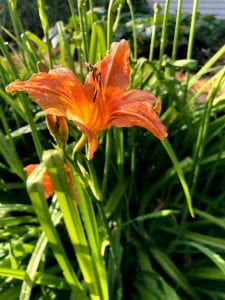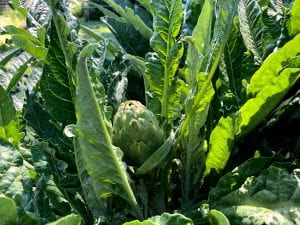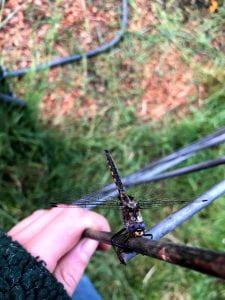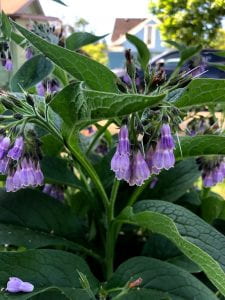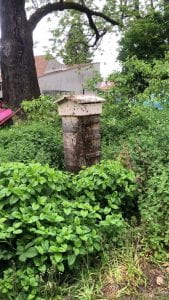This post is part of a series of testimonies of students’ experiences with the Urban Farm. The series is meant to demonstrate the farm’s immense value to people personally and for the community as a whole. As the University of Oregon continues to develop its north campus in the area surrounding the farm, we want to recognize the farm’s qualities and attributes that can be brought into the overall vision for the future of the university.
“My name is Ilse, and I’m a sophomore at the University of Oregon. I’m actually currently taking the Urban Farm class right now, and since I’ll be in Eugene over the summer I plan on helping out around the farm as much as I can! The Urban Farm has saved my soul as a student during Covid-19. I heard about it through upperclassmen that I respected and always had the class on my bucket list [of courses] to take. It has not disappointed.
I have made better friends in seven weeks of the Urban Farm course than I have in many online courses. I have learned about subjects I previously hated (such as biology) with wonder, and have discovered a deeper level ofconnection with food systems than I thought possible. I have learned about valuable food access resources, such as the double your SNAP dollar program at our local farmers’ market.
The Urban Farm course has also given me hard skills to apply to my internship this summer with the organic garden organization Huerto de la Familia. I know many other Environmental Studies majors who have a similar experience applying the practical learning they get from their internship requirement to the Urban Farm and vice versa.
The Urban Farm has fed my love of and hunger for agroecological research as part of my thesis, and has nurtured ideas in me that I will carry along on my study abroad journey this next year. The Urban Farm is a place of practical skills trainings that engages in feed the flock programming, provides valuable food security, nurtures a love of the world around us, provides knowledge that students in this academic world are unlikely to find anywhere else, and really deeply contributes to UO’s renowned architecture program as well.”
It is valuable to protect and expand the Urban Farm for future generations “and the many many people that the farm feeds–both directly and through the creation of knowledge to power future urban farms. It’s time for UO to invest in what it already has, not more shiny, new-money infrastructure. The Urban Farm is loved and has real student support.”


